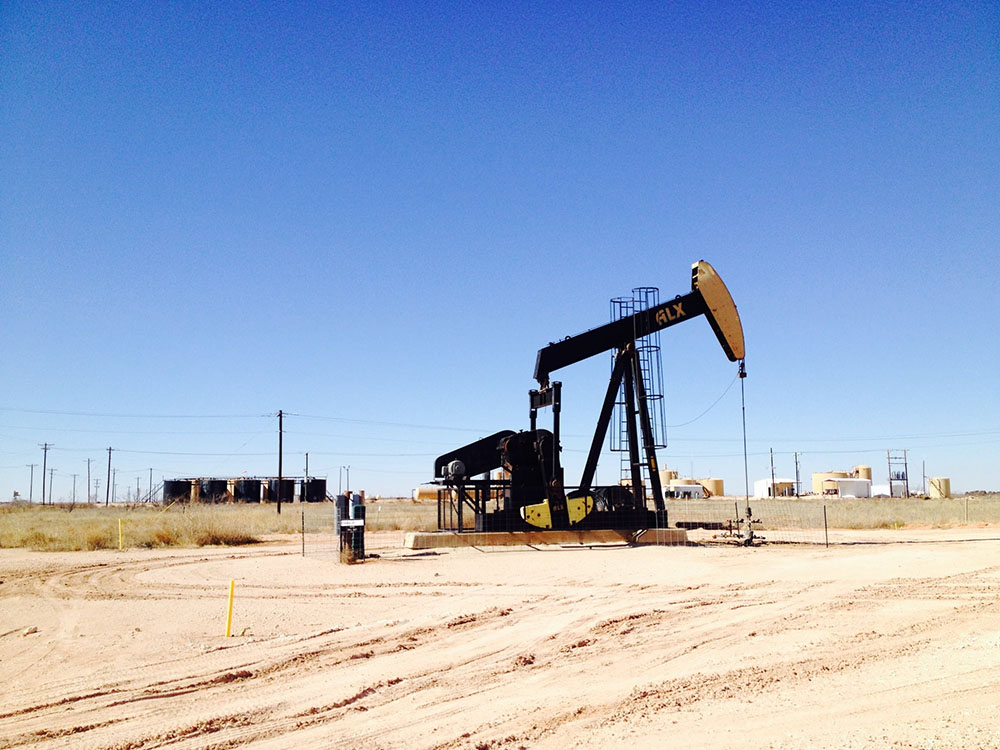- What is RO membrane pollution?
During the filtration process, microparticles, colloidal particles or solute macromolecules in the water are adsorbed and deposited on the membrane surface or in the membrane pores, causing the membrane pore size to become smaller or blocked, resulting in a smaller membrane water flux or a decrease in desalination rate.
1.1 What causes membrane pollution?
(1) Microbial contamination
★ The influent contains a large number of microorganisms
★ The system is not shut down, protected, or flushed in accordance with the requirements of the technical manual
★ The influent is not sterilized or the amount of sterilizer added is too small
★ The influent contains nutrients that cause a large number of microorganisms to grow
★ The pipeline is not sterilized and disinfected regularly
(2) Organic matter and mineral oil pollution
★ The organic matter concentration in the water is high or contains trace oil, which is adsorbed on the surface of the membrane element, causing the water flux to decrease. This failure accounts for about 60%-80%
(3) Flocculant pollution
The amount of flocculant added to the pretreatment system is too high, and there is flocculant residue in the membrane system inlet water, which will cause secondary flocculation and precipitation on the surface of the reverse osmosis membrane, causing membrane pollution. The pollution caused by flocculants is generally difficult to remove during cleaning and may even cause the membrane to be scrapped in a short time. If the amount of PAM added exceeds 1.5 ppm, secondary flocculation and precipitation will occur
(4) Scaling pollution
The scale precipitated in the reverse osmosis system is mainly composed of inorganic components, such as calcium carbonate, calcium sulfate, silicon dioxide, and others: barium sulfate, strontium sulfate, calcium fluoride and some hydroxide inorganic salts will be concentrated 4 times in concentrated water (when the recovery rate is 75%) to reach the scaling limit
(5) Colloid pollution
Common colloidal pollutants in wastewater include iron hydroxide colloid, aluminum hydroxide colloid, and silica colloid





